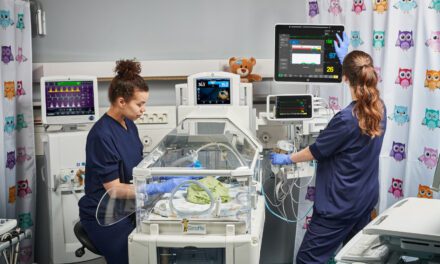The software, powered by artificial intelligence and deep learning, assesses angiography-derived coronary physiology in patients with ischemic coronary artery disease.
Medis Medical Imaging, a cardiac imaging software company, announced the US Food and Drug Administration (FDA) clearance of the latest version of its Medis QFR, a wire-free software solution powered by artificial intelligence and deep learning that assesses angiography-derived coronary physiology in patients with ischemic coronary artery disease.
Proven to enhance procedural efficiencies, Medis QFR is now FDA cleared in its latest version, 3.0. This version includes automation and enhancements while maintaining the same accuracy. During the SCAI 2025 conference in Washington DC, cardiologists will have the opportunity to experience the software.
Fractional flow reserve technology and Medis QFR (quantitative flow ratio) are both used to assess the severity of coronary artery stenosis, but they differ in methodology and application. Fractional flow reserve is an invasive technique that requires the insertion of a pressure wire into the coronary artery and the administration of a hyperemic agent like adenosine to measure pressure drops along a coronary vessel, providing a direct physiological assessment of the possible ischemia burden.
In contrast, Medis QFR is a wire-free technique that estimates fractional flow reserve values using computational fluid dynamics principles based on angiographic images across the full target vessel of interest, eliminating the need for pressure wires and drug-induced hyperemia. In addition, its 3D QCA provides accurate anatomic information suitable for supporting clinicians to assess the size of the vessel in the stenotic area.
“Launching Medis QFR 3.0 in the United States marks a significant advancement in cardiac care,” says Maya Barley, PhD, CEO of Medis Medical Imaging, states, “We are thrilled that the FDA has cleared Medis QFR 3.0 for the US market. Medis is dedicated to improving patient care and outcomes in the cardiovascular world, and QFR 3.0 is a great example of this commitment.”
Medis QFR has been in development for over 10 years, since the concept of using X-ray technology to assess coronary physiology without a pressure wire was first published by professor Hans Reiber. Supported by extensive clinical evidence across more than 270 peer-reviewed publications, involving over 20,000 patients and 22,500 lesions, the solution has been recognized with a class I recommendation in the 2024 ESC Guidelines by the European Society for Cardiology.





